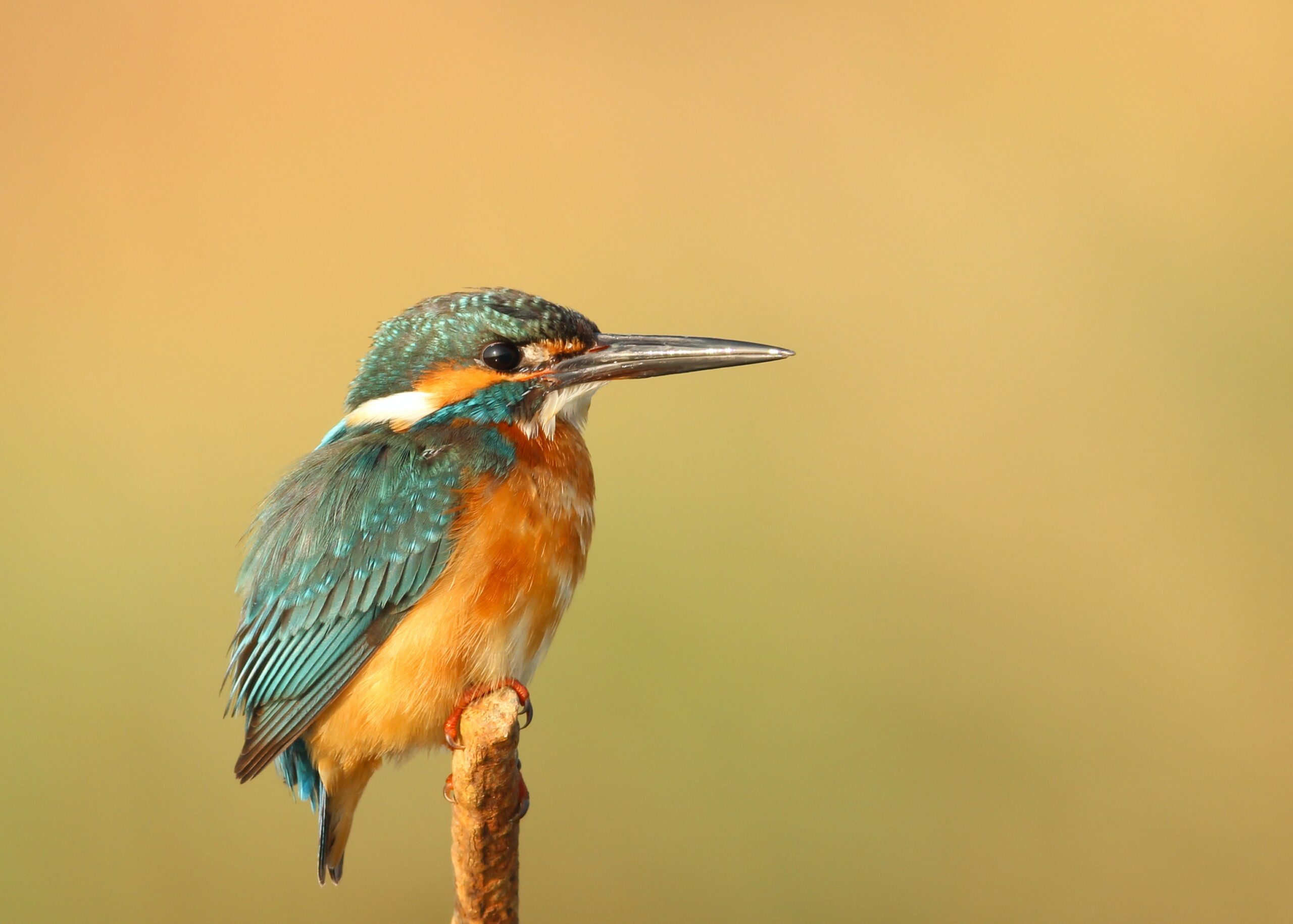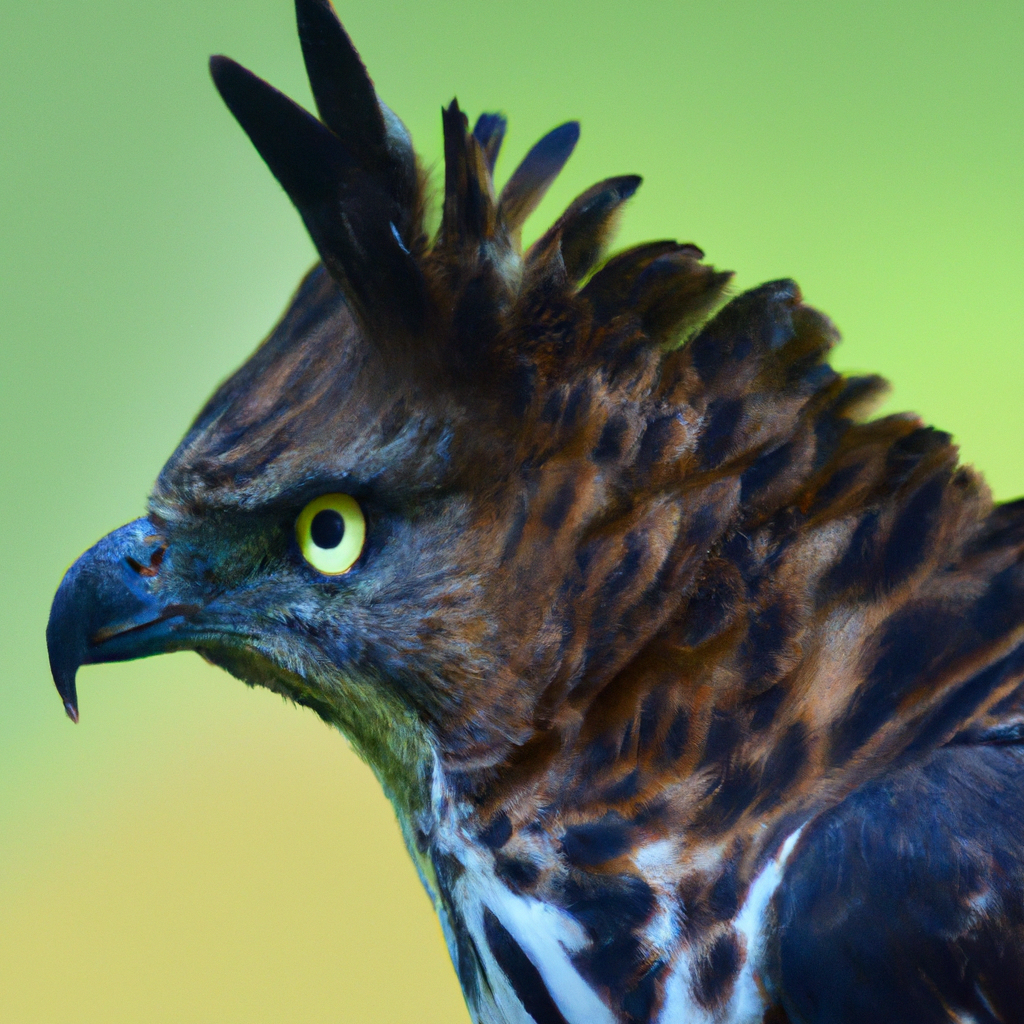The Javan Hawk-Eagle, also known as Nisaetus Bartelsi, is a majestic bird of prey native to the island of Java in Indonesia. This stunning raptor brings an air of mystery and grace to the dense forests and mountains it calls home. With its distinctive features and unparalleled hunting skills, the Javan Hawk-Eagle has become a symbol of both power and vulnerability. In this article, we will explore the unique characteristics and conservation efforts surrounding this remarkable bird, shedding light on the importance of preserving its existence for future generations.

This image is property of images.unsplash.com.
Overview
The Javan Hawk-Eagle, scientific name Nisaetus bartelsi, is an impressive bird of prey found in Indonesia. This majestic species is known for its striking appearance and impressive size. With its powerful talons and razor-sharp beak, the Javan Hawk-Eagle is a formidable predator in its habitat.
Taxonomy
The Javan Hawk-Eagle falls under the classification of the Nisaetus genus, which is a group of large birds of prey commonly referred to as hawk-eagles. The species name, bartelsi, honors Dr. Reint Bartels, a Dutch ornithologist who made significant contributions to the study of bird life in Indonesia. The Javan Hawk-Eagle is a member of the Accipitridae family, which includes hawks, eagles, and kites.
Description
The Javan Hawk-Eagle is a striking bird with a wingspan ranging from 140 to 160 cm (55 to 63 inches) and weighing between 1400 to 2200 grams (49 to 77 ounces). It has a distinctive appearance with its dark brown plumage on the upper side and a lighter underside featuring white barring. The head is adorned with a prominent crown and a black-and-white crest. Adult males and females are similar in appearance, but females are generally larger in size.
Distribution
This species is endemic to the island of Java in Indonesia, which means it is found nowhere else in the world. The Javan Hawk-Eagle can be observed in various habitats throughout Java, including montane forests, lowland forests, and even plantations near forested areas. However, its population is highly localized and restricted to specific regions within the island.
Habitat
The Javan Hawk-Eagle occupies a diverse range of habitats, but it shows a preference for primary and secondary forests. These forests provide the necessary resources for the birds, such as suitable nesting sites, ample prey, and a relatively undisturbed environment. The eagles can also be found in mountainous areas with suitable forest cover, where they navigate the rugged terrain with their exceptional flying abilities.
Behavior
Feeding
As a top predator in its ecosystem, the Javan Hawk-Eagle primarily feeds on a variety of small to medium-sized mammals, birds, and reptiles. Its diet consists of species such as squirrels, rats, birds, and even snakes. The birds are known for their exceptional hunting skills, utilizing their keen eyesight to spot potential prey from a great distance. Once a target is located, the Javan Hawk-Eagle swoops down with astonishing speed and precision, using its powerful talons to capture and kill its prey.
Breeding
The breeding behavior of the Javan Hawk-Eagle is a fascinating process. Like many raptors, the species forms long-term monogamous pairs. Breeding typically occurs during the dry season when food availability is abundant. The birds construct large nests on tall trees, typically situated near the forest edge. The female lays one to two eggs, which both parents take turns incubating for around 45 days. Once hatched, the parents fiercely protect and care for their chicks until they fledge at around 70 days old.
Territoriality
The Javan Hawk-Eagle is known for defending its territory fiercely against intruders. Adult pairs establish and maintain territories throughout the year, using vocalizations and aggressive displays to communicate their presence and protect their hunting grounds. These territories can range from 10 to 60 square kilometers (4 to 23 square miles) in size, depending on the availability of suitable prey and nesting sites.
Migration
Unlike some bird species, the Javan Hawk-Eagle is not known for undertaking long-distance migrations. Rather, the birds are largely sedentary, remaining within their established territories year-round. However, some individual adults and juveniles may undertake short-distance movements in search of suitable hunting areas or to establish their own territories.
Threats
Habitat Loss
One of the most significant threats to the Javan Hawk-Eagle is habitat loss. Widespread deforestation and agricultural activities, such as palm oil plantations, have led to the destruction of the species’ natural habitat. As forests are cleared for logging or converted for agricultural use, the Javan Hawk-Eagle faces a decline in suitable nesting sites and a reduction in prey availability. The fragmentation of its habitat also limits the movement and genetic diversity of the species.
Poaching
Sadly, the Javan Hawk-Eagle is also targeted by poachers, who seek to capture and trade these magnificent birds in the illegal wildlife market. This illegal trade poses a significant threat to their survival, as the birds are often trapped for their feathers, skulls, or for use in ceremonial activities. The relentless poaching further compounds the already precarious status of the Javan Hawk-Eagle.
Human Disturbance
Human disturbance, including recreational activities and unregulated tourism, can have a negative impact on the Javan Hawk-Eagle. Uncontrolled access to the nesting sites and disturbance during the breeding season can cause stress and abandonment of the nests by the adult pairs. Additionally, the noise and disruption caused by excessive human presence can disrupt the natural behavior and territories of the eagles, potentially leading to population declines.
Conservation
Protected Areas
The establishment and effective management of protected areas play a crucial role in the conservation of the Javan Hawk-Eagle. Within Java, several protected areas have been designated to safeguard the habitat of this species. Examples of these protected areas include Ujung Kulon National Park, Gunung Halimun Salak National Park, and Meru Betiri National Park. These protected areas provide a sanctuary for the Javan Hawk-Eagle and other endemic species, ensuring the preservation of their natural habitat.
Conservation Efforts
Conservation organizations and local governments are working tirelessly to protect and preserve the Javan Hawk-Eagle. Efforts include the enforcement of anti-poaching laws, raising awareness among local communities about the importance of wildlife conservation, and engaging in community-based conservation initiatives. These efforts aim to reduce habitat destruction, mitigate human disturbance, and ensure the long-term survival of this magnificent species.
Research and Monitoring
Scientists and researchers are actively studying the Javan Hawk-Eagle to gain a better understanding of its ecological requirements and the factors influencing its population dynamics. By conducting research and monitoring programs, scientists can gather critical data on the species’ breeding behaviors, population trends, and habitat changes. This knowledge is essential for informing conservation strategies and facilitating adaptive management approaches to protect the bird effectively.

This image is property of images.unsplash.com.
Related Species
Nisaetus alboniger
Nisaetus alboniger, commonly known as the Blyth’s Hawk-Eagle, is a closely related species to the Javan Hawk-Eagle. Found in various parts of Southeast Asia, including Indonesia, the Blyth’s Hawk-Eagle shares similar physical characteristics and habitat preferences. However, it can be distinguished from the Javan Hawk-Eagle by its white belly and rufous-chestnut vent.
Nisaetus cirrhatus
Another related species is the Crested Hawk-Eagle, scientifically known as Nisaetus cirrhatus. This bird of prey is widely distributed across South and Southeast Asia, including Indonesia. With its distinctive crest and broad wings, the Crested Hawk-Eagle is an impressive bird that inhabits a wide range of forest habitats. While it shares some similarities with the Javan Hawk-Eagle, such as its powerful hunting abilities, each species has its own unique traits.
Nisaetus nanus
The third related species is Nisaetus nanus, commonly called the Wallace’s Hawk-Eagle. It is named after the renowned British naturalist Alfred Russel Wallace and is endemic to the Indonesian archipelago. With its shorter wings and broader tail compared to its relatives, the Wallace’s Hawk-Eagle has adapted to maneuvering through forested habitats. This species is threatened by similar conservation challenges as the Javan Hawk-Eagle, including habitat loss and poaching.
Role in Ecosystem
Predator-Prey Relationships
As a top predator, the Javan Hawk-Eagle plays a crucial role in regulating the populations of its prey species. By targeting small mammals, birds, and reptiles, the Javan Hawk-Eagle helps maintain a balanced ecosystem. The presence of this apex predator helps control populations of rodents, reducing the risk of agricultural damage and disease transmission. Additionally, the Javan Hawk-Eagle’s hunting behavior helps prevent prey species from reaching unsustainable population levels.
Ecological Importance
The Javan Hawk-Eagle is not only important for its predator-prey relationships but also for its ecological value. As an indicator species, the presence and conditions of the Javan Hawk-Eagle can reflect the overall health and integrity of its habitat. By monitoring the population trends and behaviors of the eagles, conservationists can gain insights into the broader ecological dynamics of Java’s ecosystems. Moreover, protecting the Javan Hawk-Eagle contributes to the preservation of Indonesia’s rich biodiversity.

This image is property of images.unsplash.com.
Interactions with Humans
Cultural Significance
The Javan Hawk-Eagle holds cultural significance for the people of Java. The bird is revered for its strength, grace, and beauty, and is often depicted in local folklore and traditional art forms. It symbolizes bravery and power, representing a connection between humans and the natural world. The Javan Hawk-Eagle’s cultural importance highlights the need to protect and conserve this species for future generations.
Conflict with Humans
While the Javan Hawk-Eagle is respected and revered by many, conflicts with humans can arise due to its predatory nature. In rare instances, the eagles may prey on poultry or domesticated birds, leading to conflicts with farmers and poultry keepers. These conflicts can result in retaliation against the eagles, leading to direct harm or disturbance to their populations. Implementing effective mitigation measures and promoting coexistence between humans and the Javan Hawk-Eagle is crucial for its long-term survival.
Conclusion
The Javan Hawk-Eagle, with its majestic appearance and impressive hunting skills, is an iconic species that deserves our attention and conservation efforts. Despite facing significant threats such as habitat loss, poaching, and human disturbance, there is hope for the survival of this magnificent bird. Through the establishment of protected areas, conservation efforts, and continued research and monitoring, we can work towards ensuring a future where the Javan Hawk-Eagle thrives in its natural habitat. By valuing and protecting this species, we not only safeguard a crucial predator in the ecosystem but also contribute to the preservation of Indonesia’s unique biodiversity.

